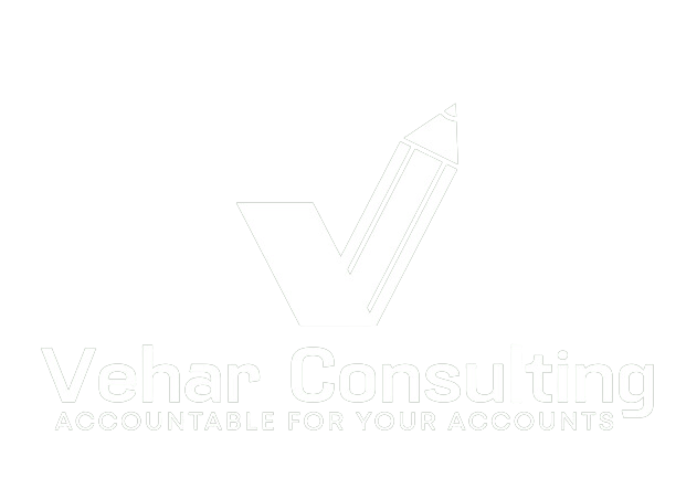
Setting up a business bank account is a crucial step for any new business. It helps you keep your personal and business finances separate, which simplifies bookkeeping and provides a professional appearance for your clients and vendors. At Vehar Consulting, we understand the importance of a smooth financial setup.
Step 1: Choose the Right Bank and Account Type
Research Different Banks
Account Types to Consider
Step 2: Gather Required Documentation
Before heading to the bank, make sure you have all necessary documents ready. This typically includes:
For Sole Proprietorships
For Partnerships, LLCs, and Corporations
General Requirements
Step 3: Open Your Account and Set Up Online Banking
Visit the Bank
Set Up Online and Mobile Banking
Utilize Additional Services
By following these steps, you’ll be well on your way to establishing a solid financial foundation for your business. At Vehar Consulting, we’re here to support you with all your bookkeeping and accounting needs, ensuring your business finances are managed efficiently and effectively.
For more information on how Vehar Consulting can assist you with your financial setup and management, feel free to contact us. We’re here to help your business thrive!

Vehar Consulting is your go-to bookkeeping and client advisory firm for small businesses, solopreneurs, startups, and content creators, ensuring your financials are expertly managed and streamlined.